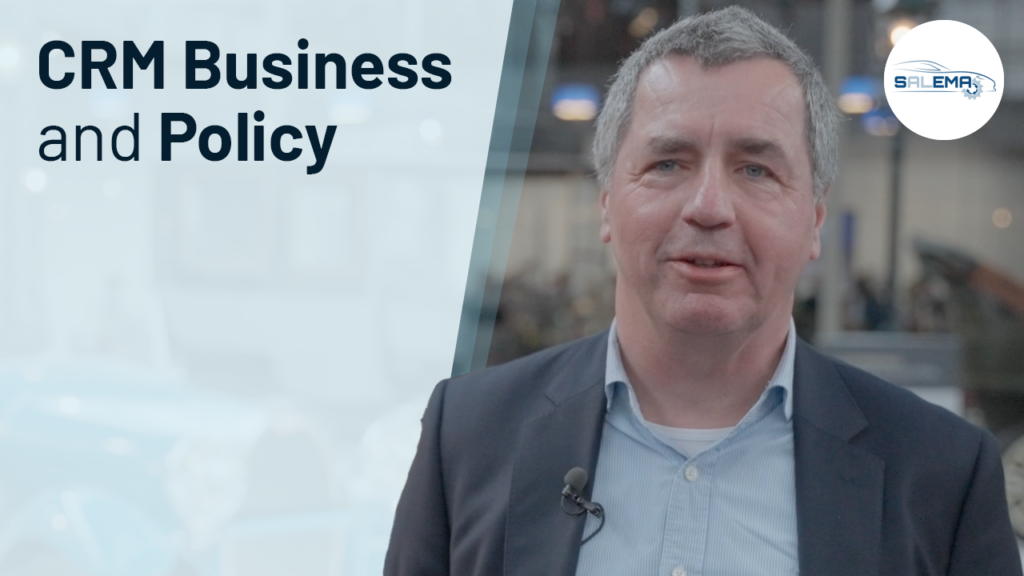
Short interview: Martin Tauber, International Magnesium Association
As the European representative of International Magnesium Association and the president of the Critical Raw Material Alliance, and with more than 25 years’ experience in critical raw materials (CRM) related industries, Martin Tauber was an obvious candidate to be invited to SALEMA’s final event on 21 March 2024.
With experience also as a registered Expert for the European Commission, he contributed to the opening panel discussion on policy around aluminium recycling, the circular economy and electric vehicles. What does it all mean for original equipment manufacturers (OEMs) and the critical raw materials business?
The SALEMA team took the opportunity to ask a few questions.
What SALEMA results excite you most?
For the magnesium industry, SALEMA could be very helpful in the end-of-life recycling process in terms of after shredder sorting. We can create fractions which are not only interesting for the aluminium industry to take on further, but also have a business case for the magnesium industry.
How does that work, given that SALEMA aimed to reduce use of critical raw material such as magnesium in aluminium alloys?
We realised that they want to substitute or they want to reduce magnesium as much as possible, but magnesium is the most used alloying element in aluminium alloys. So there is a kind of a co-existence.
The question of the reduction of magnesium is not only about critical raw materials, but it’s also an issue to be able to keep the characteristics and quality of the increased recycled content of aluminium alloys.
The Critical Raw Materials Act is flagging out some very bold targets for the complete critical raw materials and strategic raw materials scene. And it will trigger, of course, an investigation and a stress test of all the different value chains as well. And I think this is where they meet, the targets of recycling and, on the other hand, to keep the characteristics and performance that we still have to fulfil.
For Europe, it doesn’t matter where a material is recycled. If it’s recycled, it’s okay. But if magnesium is recycled in the aluminium stream, from a legislative point of view, you would like also to have an LCA credit for that.
How should European Life Cycle Assessment (LCA) credits or legislation ensure recycled materials are used more?
It not only starts at the shredder, the recycling, it starts already at the design phase. So the legislation should also be a little bit influencing on the design phase. There, also the materials decisions are made. And if those materials decisions are based on circularity aspects or on LCA aspects, I think that would be a great chance for the (European) Commission to do something to influence there as well, because otherwise the automotive producers will more and more look at performance of lightweighting, but not so much at recyclability. I would say the on a European level and on the Commission level, they can only make overall targets.
See the quickfire interview
See Martin in SALEMA’s final event policy session
What about ensuring a sustainable supply of critical raw materials?
International cooperation is important for sustainable supply. Trade agreements, which is also part of the Critical Raw Materials Act, would be helpful to make it easier to import those products and to not see these products as rivalry products, but as an integrated part of securing European raw material policy.
How may SALEMA’s results help uptake of recycled aluminium by original equipment manufacturers (OEMs)?
I hope the SALEMA project will succeed to convince the OEMs to use more recycled aluminium, to convince the consumer to buy certain cars, because they have certain parts with a high recycling content.